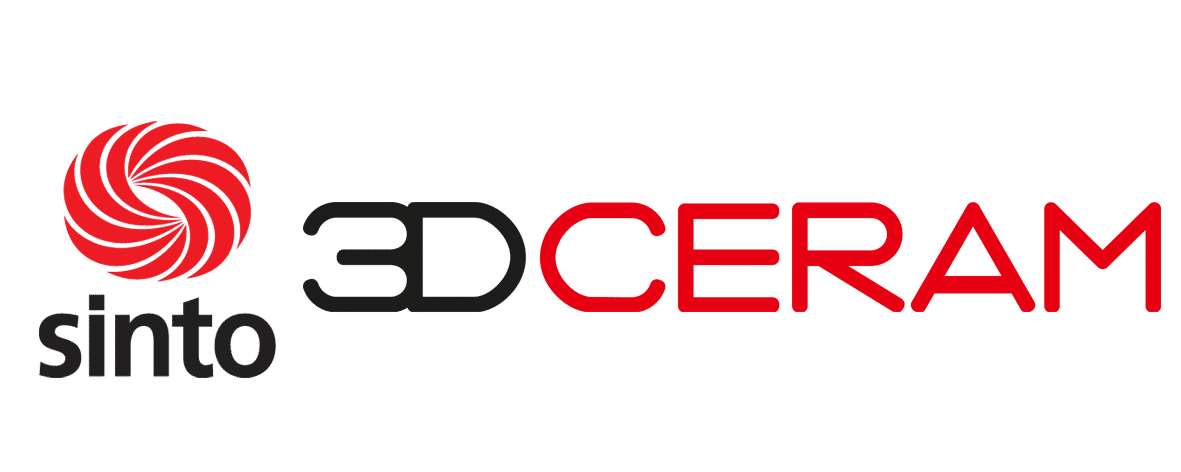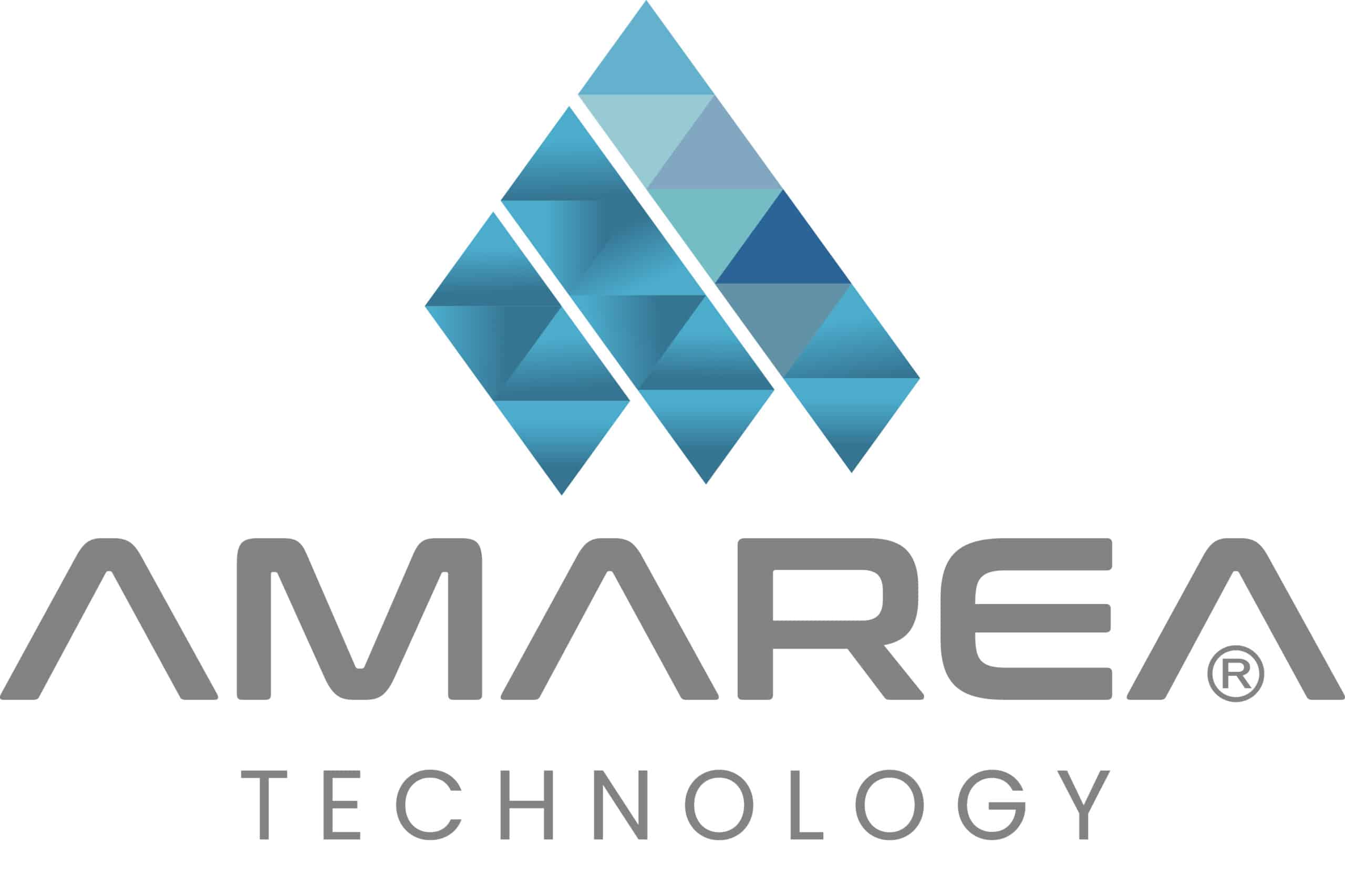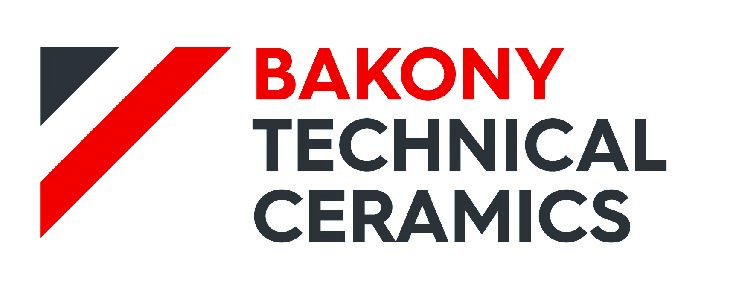Electrical engineering/ Electronics
ELECTRICAL ENGINEERING, ELECTRONICS // KILN AND FURNACE ENGINEERING// ON- AND OFFSHORE ENGINEERING // POWER ELECTRONICS // MEASURING SYSTEMS // CONTROL SYSTEMS // WAFER PRODUCTION // ELECTRIC MOTORS // TELECOMMUNICATIONS // LIGHTING SYSTEMS // PHYSICAL RESEARCH // ELECTRONICS – GENERAL
Products made of technical ceramics are now proven components in the construction and control of sophisticated plants, machinery and equipment with electrotechnical component assemblies. Often, they make possible the function of such constructions in the first place. Typical examples include λ sensors in automotive engineering or in kiln and furnace engineering, the vacuum chambers of particle accelerators or actuators in motion detectors. The size of such components is typically in the region of a few millimetres up to several metres.
A special feature of this class of materials is the wide range of electrical conductivity, which spans more than 15 orders of magnitude and cannot be matched by any other class of materials. It includes electrically insulating as well as semi-conducting, ionic-conducting and superconducting materials. On top of this come the dielectric properties, which can be used, for instance, in sensor technology and telecommunications.
Besides the electrical properties, magnetic properties are often required, The soft or hard magnetic ferrites have proven effective materials for decades. Compared with metallic materials, they often enable smaller product sizes and therefore more economically attractive products.
Typical for the applications of technical ceramic materials is a frequent requirement for other non-electrical properties such as:
- Mechanical strength
- Thermal resistance
- Thermal shock resistance
- Thermal conductivity
- Corrosion resistance
- Production of ultrahigh-vacuum-capable joints with metals
A key strength of this class of materials is the demand-driven combinations of the above-mentioned properties. In addition comes the possibility to optimize properties for a specific application by means of appropriate doping and therefore to tailor materials to requirements.
For instance, the zirconia ceramics used for λ sensors can be optimized to maximize their strength without compromising their suitability for use as oxygen sensors as only one electrical signal must be recorded, which can be evaluated on the basis of appropriate calibration. With the selective modification of the chemical composition of this material, maximized electrical conductivity can be obtained along with an acceptable level of strength. As a result, this anionic conductor can be efficiently used as electrolyte for SOFCs (high-temperature fuel cells).
Doping of the electrically insulating Al2O3 with sodium forms a superionic conductor for Na+, which can be used as a separator in Na/S high-energy batteries.
Al2O3 ceramic with purity up to > 99,9 % remains one of the most commonly used oxide ceramic electrical insulating materials even today. Its specific electrical resistance reaches 1016 Ω*cm at room temperature, while at 1600 °C it still reaches a level of 106 Ω*cm. For this reason, these materials have been proven components for electrical insulation especially in high temperatures for decades.
The electrical properties of technical ceramics in combination with their mechanical properties generally enable a reduction in the sizes of existing systems, often simplified designs and therefore significantly enhanced performance. Typical examples are electrical feedthroughs on Al2O3 basis to withstand pressure above 1000 bar or substrates made of AlN ceramic which thanks to their high thermal conductivity of more than 200 W*(m*K)-1 are used in demanding electronic applications.
The wide-ranging application of technical ceramic materials in electrical engineering and electronics has led over the past decades to a correspondingly high number of variants in electrically passive and active materials. Today a broad spectrum exists including insulators, dielectrics, piezoelectrics, NTC and PTC ceramics, varistors, cationic, anionic and electron conductors on oxide and non-oxide basis, superconductors as well as soft and hard magnetic ferrites.
The use of ceramic components in electrotechnical assemblies often demands material-to-material joints with one or more metallic components that can comprise different materials. Such joints are usually associated with the demand for high or ultrahigh vacuum tightness and acceptable mechanical strength for use in the field. Such ceramic – metal joints are generally realized by hard brazing based on MoMn procedures. For this purpose a thick film of molybdenum applied and then fired onto the ceramic is joined with the respective metal part with a silver-based solder as standard or, if corrosive attack is expected, with gold-based solder. This process can be generally applied for all types of Al2O3 ceramics, but only certain types of ZrO2 ceramics. Several decades ago, an active soldering process was developed that enables direct soldering of metal components with ceramics without prior metallization. This process is applied today as an alternative to metallized ceramics, mainly for ZrO2. With both processes, given appropriate design and selection of the ceramic and metallic materials, joint strengths exceeding 200 MPa are achieved.







